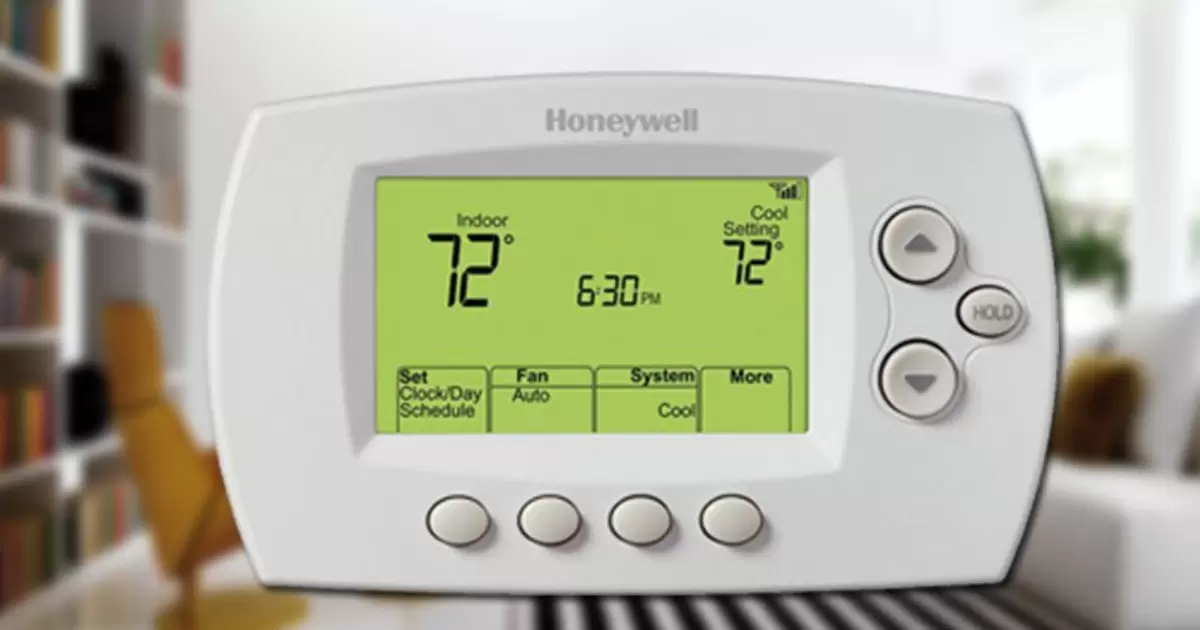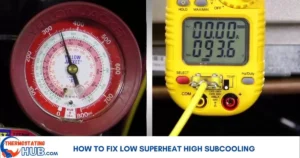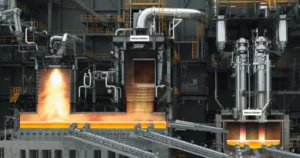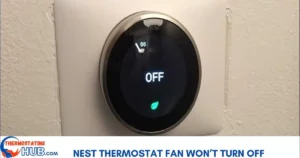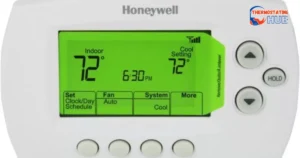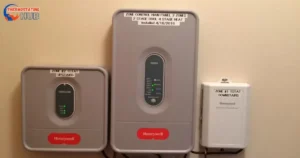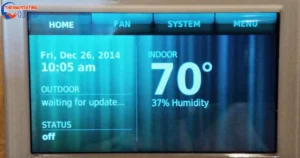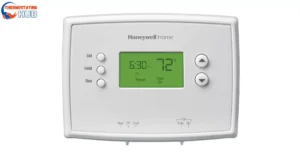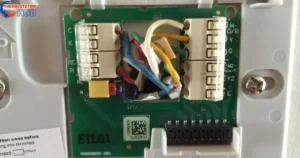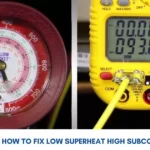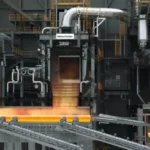Experiencing a Honeywell thermostat with the ‘heat on’ message flashing or blinking? This guide will help you identify the possible reasons behind it and provide steps to troubleshoot the issue, enabling you to regain control over your thermostat’s operation.
Specific Honeywell thermostat models display a flashing ‘heat on’ message when they’re signaling for heat but waiting for the system to start heating. This delay, known as delay mode or time off delay, safeguards your HVAC system from short cycling. Typically, this delay mode lasts 3-5 minutes. However, extended delays might indicate an issue with your heating or cooling system.
Now, let’s delve into these potential causes and the steps to address each of them.
Possible Reasons For a Honeywell Thermostat Blinking Heat on
| Possible Cause | Fix |
| Time off Delay | Wait for five minutes before checking again. |
| Power Loss to Condenser Unit | Check the power source for the condenser. |
| Power Loss to Air Handler | Ensure the air handler has electricity. |
| Blown Fuses | Replace any blown fuses with new ones. |
| Malfunctioning Control Board | Replace the control board with a new one. |
| Open High Limit Switch | Reset the high-limit switch. |
| Tripped Float Switch | Drain the float switch pan to reset. |
Time Off Delay
Certain thermostats incorporate a time off delay function to safeguard the HVAC system from rapidly cycling on and off, a situation that might harm the compressor or other vital components.
This delay is often noticeable when you promptly attempt to restart your heating or cooling system after switching it off abruptly. Additionally, sudden power outages, especially when power is quickly restored, can trigger this time-off delay feature.
On specific systems, the time off delay is indicated as “waiting for Equipment” or by flashing a flame icon on the thermostat display.
Fix:
During the activation of the delay mode, there isn’t much to do except wait for the designated time to elapse. The “Heat On” flashing should cease once the time off delay is complete.
However, if the flashing persists beyond the expected 5-minute delay, it could indicate a potential problem either with the thermostat itself or with the system’s control board. In such cases, additional troubleshooting steps are necessary to identify and address the underlying issue.
🔍 Expert Analysis: The extended duration of the flashing “Heat On” message beyond the standard delay time might signify an anomaly within the thermostat or control board. Conducting further troubleshooting steps is crucial to pinpoint and resolve the specific issue to ensure the proper functionality of your HVAC system.
Power Loss to the Condenser Unit
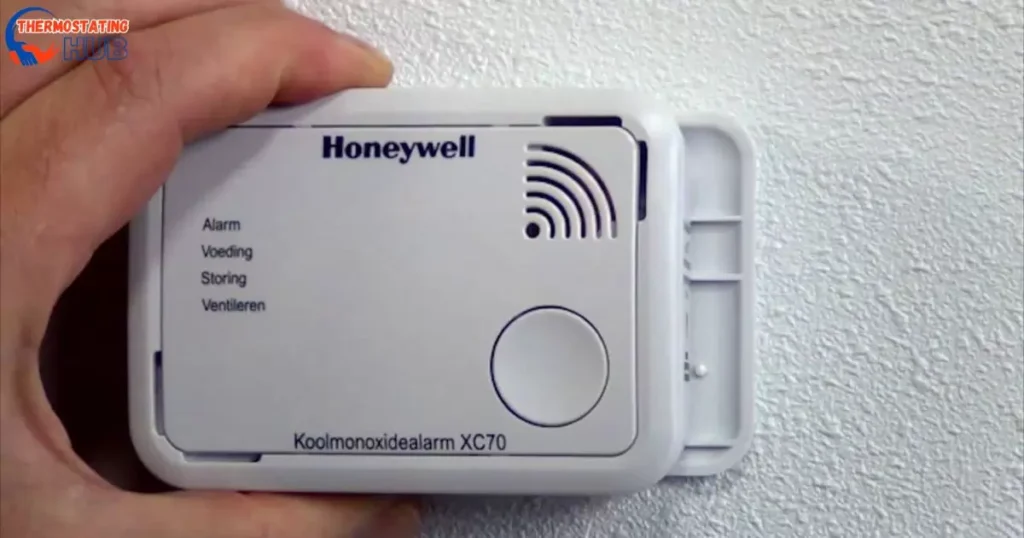
When employing a heat pump for heating purposes, an outdoor condenser is typically part of the setup. In heat pump systems, this condenser unit plays a crucial role in extracting heat from the outdoors and transferring it inside your home.
Suppose a power loss occurs specifically to the condenser unit while the thermostat is actively signaling for heating. In that case, it can potentially prompt the “Heat On” indicator to flash on your Honeywell thermostat.
Fix:
Verify the power supply to the condenser unit by inspecting the circuit breaker and any disconnect switches associated with it. Confirm that there is a consistent power flow reaching the condenser and ensure its proper connection to the power source. This includes checking for any loose or disconnected wiring that might impede the unit’s functionality.
🔌 Expert Suggestion: Regularly assessing and maintaining the power supply to the condenser unit helps prevent disruptions in the heating process and ensures the efficient operation of your HVAC system.
Power Loss to the Air Handler/ Furnace
This scenario typically pertains to conventional systems, such as furnaces, where the air handler and furnace work collectively to heat and circulate air throughout the space.
In instances where there is a power loss specifically affecting the air handler and furnace while the thermostat is actively signaling for heating, it can result in the “Heat On” indicator blinking on your thermostat.
Fix:
Confirm the power supply to the air handler by inspecting the circuit breaker and any associated switches. Additionally, check for a switch near the furnace resembling a light switch, as it might have been accidentally tripped.
Suppose recent maintenance has been conducted on the system. In that case, it’s possible that the technician overlooked turning on this switch, leading to a disruption in the power supply to the air handler.
🔍 Expert Insight: Regularly verifying the functionality of switches and ensuring they are properly activated post-maintenance is essential. Simple oversights in switch activation can lead to unexpected disruptions in the heating process.
Blown Fuses
HVAC systems comprise multiple protective components, including fuses, designed to prevent damage. Fuses might blow due to wire shorts or power surges, resulting in a loss of power to the furnace or heat pump. This situation could potentially trigger the blinking ‘heat on’ message on your Honeywell thermostat.
To troubleshoot this issue, accessing the furnace cover is necessary to inspect the 5 amp fuses located on the circuit control board. Using a voltmeter or multimeter, test these fuses for continuity.
If any fuses lack continuity, it’s crucial to replace them with new ones. However, if the replacement fuses continue to blow, there might be an underlying electrical problem that warrants professional attention.
⚡ Expert Tip: Fuses act as crucial safety mechanisms within HVAC systems. Regularly checking and replacing blown fuses is vital, and if repeated issues occur, seeking professional help ensures thorough diagnosis and resolution of any electrical concerns, preventing potential system damage.
Read More: Elevate Comfort with VIP Mode on Honeywell Thermostat
Open High Limit Switch
The high limit switch serves as a safety measure in heating systems, shutting off the furnace when it detects overheating. If the high limit switch is open due to overheating, it can prompt your Honeywell thermostat to flash “Heat On.”
Troubleshooting involves inspecting the high-limit switch to ensure it’s not tripped or stuck in the open position. If it is, allow the furnace to cool down and then reset the switch.
However, if the switch continues to trip frequently, it signals a potential problem within the system. This could be caused by insufficient airflow, often due to a clogged air filter, or a malfunctioning component.
🔥 Expert Advice: Periodically checking and replacing air filters is crucial for proper airflow in your HVAC system, preventing potential issues like high-limit switch tripping due to restricted airflow. Consistent maintenance aids in identifying and rectifying underlying problems before they escalate.
Tripped Float switch
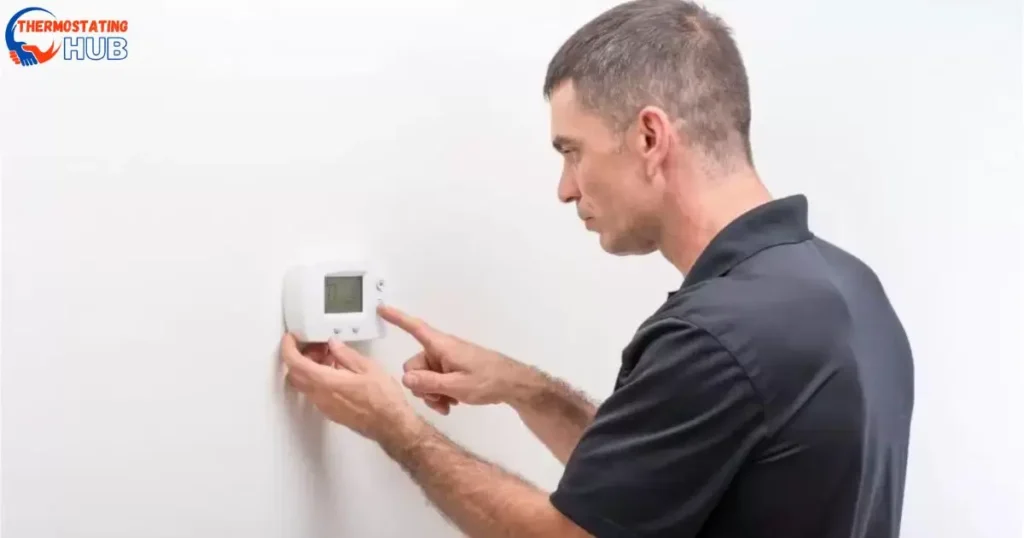
An additional potential cause for the ‘heat on’ message on a Honeywell thermostat could be a tripped float switch.
This switch is designed to detect water buildup in the air conditioning system’s drain pan, usually caused by a clogged condensate drain.
To resolve this issue, inspect the drain pan for accumulated water and debris. Clear any blockages in the condensate drain line, and ensure that the float switch is correctly positioned or reset if needed.
🌊 Expert Tip: Regular maintenance, including checking and cleaning the condensate drain line and ensuring proper functionality of the float switch, helps prevent water accumulation issues that could trigger the ‘heat on’ message on your thermostat. Regular inspections and cleaning reduce the likelihood of disruptions in your HVAC
Key Insights
Understanding Honeywell thermostat blinking heat signals is crucial for maintaining a comfortable home. When you notice your Honeywell thermostat blinking heat, it might indicate an issue with the heating system.
Usually, a blinking light could signal an error code or a problem with the temperature setting. Check the manual or Honeywell’s website for a specific guide on interpreting these blinking patterns.
It could be a simple fix like changing the batteries or resetting the thermostat. Still, if the issue persists, it might need professional attention to ensure your heating system runs smoothly.
Delving into these blinking heat indicators empowers you to troubleshoot potential issues efficiently. Each blinking pattern might signify distinct problems, such as a malfunctioning sensor or an irregular temperature reading. Being able to decode these signals helps you address the problem promptly, ensuring your home stays warm and comfortable during colder months.
Remember, seeking guidance from Honeywell’s resources or contacting a professional can often resolve these blinking heat alerts, ensuring your thermostat operates optimally.
Advantages and Drawbacks
| Advantages | Drawbacks |
| Precise temperature control | Possible installation complexities |
| Energy-saving features | The initial cost might be higher |
| User-friendly interface | Compatibility issues with older systems |
| Remote access and control via smartphone | Blinking lights could be distracting |
| Customizable settings for comfort | The potential need for occasional maintenance |
This table presents a concise overview of the benefits and drawbacks associated with delving into a Honeywell Thermostat that includes blinking heat functionality.
Expert Maintenance Tips
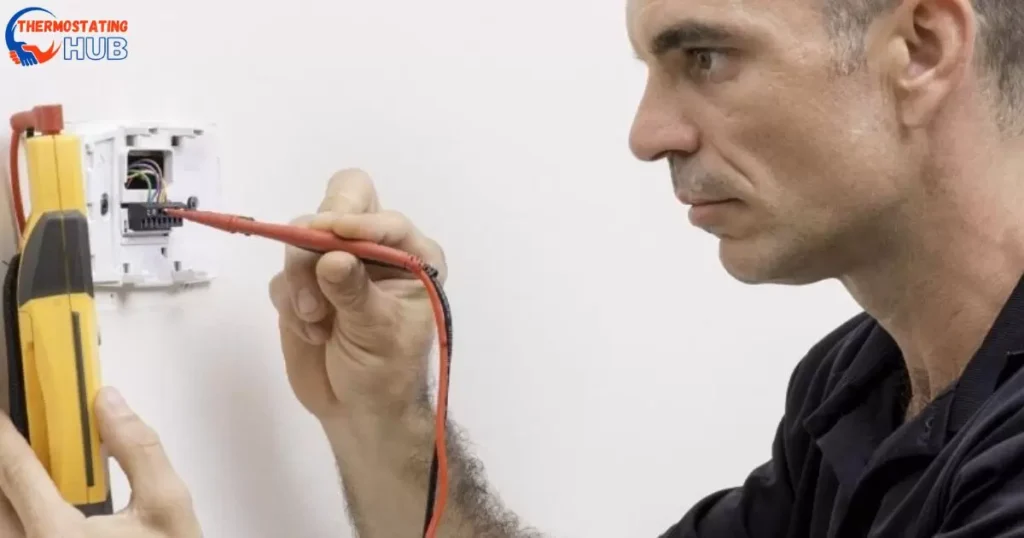
The Honeywell thermostat blinking heat signals are crucial for efficient maintenance. When you notice the blinking heat symbol, it often indicates an issue that needs attention. Firstly, check the thermostat display for error codes or messages. Refer to the manual to decode these signals and identify the specific problem.
Ensure the thermostat is set to the appropriate temperature and mode. Sometimes, a power cycle by turning off the thermostat for a few minutes and then restarting it can resolve minor issues. If the blinking persists, consider checking the furnace or heating system to ensure it’s functioning correctly.
Regular maintenance of your HVAC system, including changing filters and scheduling professional inspections, can prevent these issues and ensure your thermostat operates smoothly.
To master the nuances of dealing with a Honeywell thermostat blinking heat, it’s essential to keep up with regular maintenance. Start by scheduling routine checks on your thermostat to ensure it’s clean and free from any blockages or obstructions.
Dust and debris can affect its functioning. Additionally, ensure the wiring connections are secure and intact. If you’re unsure about handling technical aspects, seek assistance from a professional technician for a thorough inspection.
Lastly, consider updating the thermostat’s firmware or software to the latest version for optimal performance. By staying proactive and maintaining your thermostat regularly, you can handle blinking heat indicators with confidence and ensure your heating system operates efficiently throughout the year.
FAQs
Why is the heat on blinking on my Honeywell thermostat?
The heat indicator blinking on your Honeywell thermostat may signal a problem with the heating system, such as a malfunctioning furnace, a dirty air filter, low battery, or a disconnected thermostat wire.
Why is my thermostat blinking heat on but no heat?
If your thermostat is blinking “heat on” but you’re not experiencing any warmth, it could indicate a malfunction in the heating system. Check for issues like a tripped circuit breaker, a faulty thermostat setting, or a problem with the HVAC system itself.
What does heat on mean on my Honeywell thermostat?
“Heat on” typically indicates that the thermostat has activated the heating system and is calling for heat. If the indicator is blinking, it might indicate a problem with the system or an alert requiring attention.
Why is the set blinking on my thermostat?
Suppose the “set” indicator is blinking on your thermostat. In that case, it may indicate that the temperature setting is being adjusted or that there’s an issue with the thermostat’s programming or temperature setting. It could also indicate a low battery or a system malfunction.
Final thoughts
I trust you now have a better grip on why your Honeywell thermostat is displaying the ‘heat on’ message and have taken steps to address the issue. If the problem persists or remains unresolved, I highly recommend reaching out to a local HVAC contractor for further troubleshooting to identify any underlying issues causing this warning message.
Thank you for taking the time to read through this guide.🔧 Expert Suggestion: Seeking professional assistance ensures a thorough diagnosis and resolution of any persisting issues with your HVAC system, ensuring its optimal performance and functionality. Your comfort and system efficiency are of utmost importance.

Ethan Richards here, your HVAC virtuoso at “Thermostating Hub.” From battling summer heat to conquering winter chills, I bring a wealth of HVAC knowledge. Let’s ensure your system runs smoothly, creating the ideal indoor climate for you.
